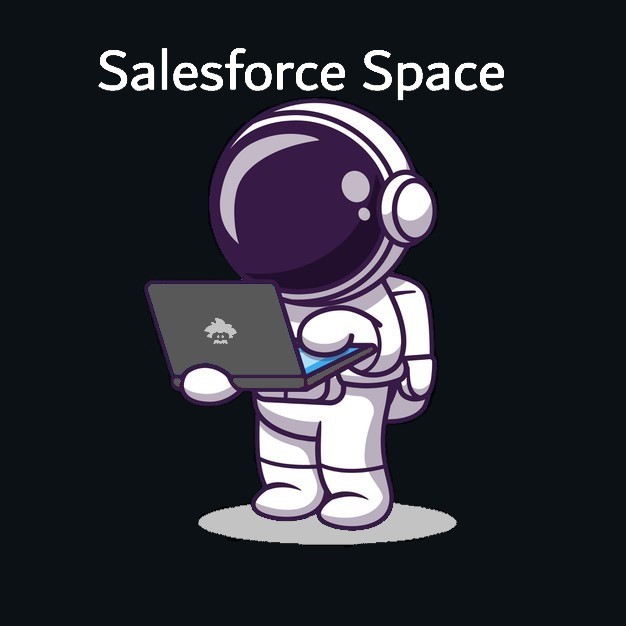
Salesforce CMS
Salesforce CMS is a hybrid content management system, where you can curate and share content, manage multiple language versions of your content, and control who creates what. Use Salesforce CMS to create, manage, and deliver content from a central location, and then share that content across multiple channels. - Salesforce
Introduction
I had a recent project where a client's brand new Lightning Community implemented Salesforce CMS. The hope was to manage content similar to Knowledge Articles and have CMS items published to a Community. It was the first time I worked with Salesforce CMS and initially imagined that it would be a WordPress-esque platform, it is not.
The rundown
- Content - CMS content creation needs to be deliberate. You need to plan where you intend to expose the content and work with your admin to publish in a Community.
- Deployment - Salesforce CMS records cannot be migrated. If you create records in a sandbox, it needs to be manually recreated in production. Id's are associated with CMS records that are tied its specific uses in Experience Bundle. If you plan to deploy your sandbox Community to production, you can first create placeholder CMS items and configure the Community styling in your sandbox. That way when you deploy your Community to production, the styling configurations are retained. You will then have to repopulate the CMS items within the production Community. A full sandbox refresh from production is required in order to match Community and CMS records.
- Translation - If your org enabled additional languages, CMS records supports translations. However, translations are maintained in a unique file format that needs to be exported and reimported. The Salesforce UI does not provide translation content editing like Knowledge.
- Editing - You can edit published CMS records by creating drafts. If you are using translations, the translation content will be erased as soon as you create a draft. The translation will need to be reimported as a result. For example, if you have a Community where English is the master language but supports Spanish, by editing a published CMS record, the Spanish content reverts to English live until Spanish content is reimported. There is no versioning for translations. An extremely frustrating experience when maintaining translated content.
- Configuration - On a Community, CMS items can be styled. Collections can be created for groupings.
- Behavior - CMS titles are hyperlinked. When published on a Community, a CMS record's title is clickable. When clicked, the user leaves their current page, and brought to the record page of the CMS record they clicked on.
- Maintenance - CMS records can be easily edited. Different roles and permissions can be granted. Content administrators will still need to partner with a System Administrator for Community content placement.
My two cents
Salesforce CMS workspaces is an unfinished product. Until it matures, I would forgo implementing Salesforce CMS for future projects. It does not work well for business users for pumping out recent news and content to be published in a Community. Most clients are looking to place the power of customizing their Community in the business user's hands. Where they can simply enter content into a rich text editor and include a picture, similar to a blogging platform. Salesforce CMS is not it. I would suggest exploring Knowledge and stretching out its capabilities in place of Salesforce CMS.
